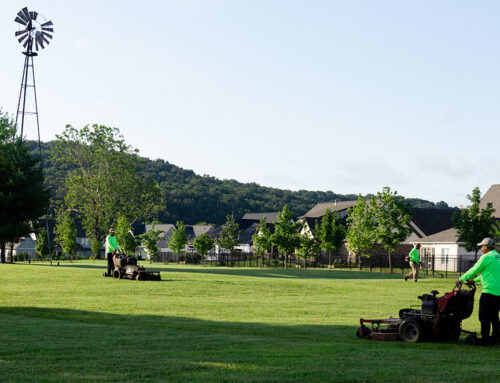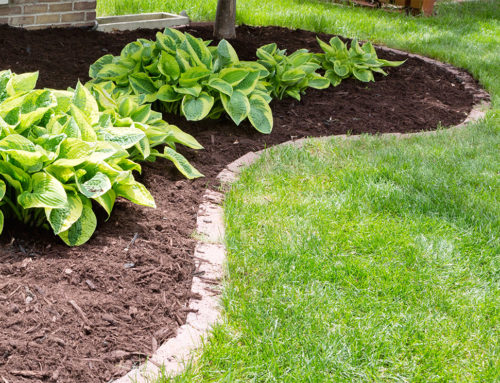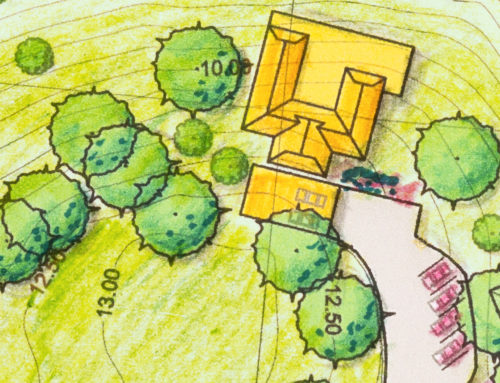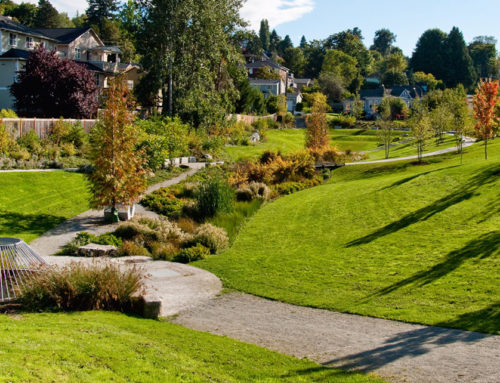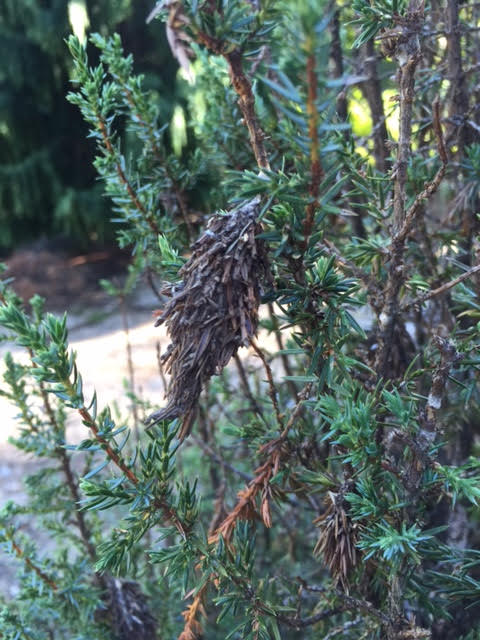
It’s important to learn how to identify and treat bagworms (Psychidae family) in your Nashville garden so that you may quickly get rid of them before they destroy a tree. Once you know what to look for, it’s generally easy to spot them.
There are three different varieties of bagworms. The Evergreen bagworm, the Snailcase bagworm, and the grass bagworm. It’s the Evergreen bagworm that is found here in Nashville, Tn.
With over 1000 eggs in a single bag, you can see why it’s important to identify bagworms in your landscape as early as possible. If you don’t discover them until late summer, they may have already spread making it harder to get rid of them.
It’s interesting how the bags develop. When the eggs hatch, usually around the middle of May, the small larval use silk and plant material to build a small bag around its hind quarters. As the larval feed and grow, the bag grows right along with it.
How to Identify and Treat Bagworms
The bagworm is a strange caterpillar that develops in a silken bag. The outside of the bag is made of pieces of plant material like twigs and leaves. Size ranges from 1 1/2 to 2 inches long. The bag looks very much like a pine cone making them hard to spot on conifer trees.
Host plants include: Juniper, cedar, arborvitae and false cypress. Other woody plants in your landscape such as black locust, elm, pine, buckeye, sycamore and willow are also targets.
Damage bagworms cause includes: Chewing on the foliage, as larvae, and defoliating plants as caterpillars is how bagworms can destroy a tree. This leaf damage is usually seen in July and August.
Treatment includes: Hand picking bags off, when there is a light infestation, works well as a natural treatment. It’s best to do this before they hatch in May or June. There are many natural predators that feed on the larvae and eggs which sometimes helps to control an infestation.
With more serious infestations, a chemical spray such as Talstar One may be applied. Talstar is very concentrated and has a low rate of application. It may also be used on other landscape plants and does not have any odor to contend with. Be sure and use it only on the plants recommended on the label.
Here’s a helpful article from our own Tennessee Extension Service for more information on identifying and treating bagworms.
Learning how to identify bagworms in your Nashville garden, and then picking them off, is the best way to keep your landscape healthy and looking great. Being vigilant about inspecting host plants for bags and damage periodically is the best way to keep bagworms out of your garden.
Below you can see how they have taken over and have almost destroyed this evergreen.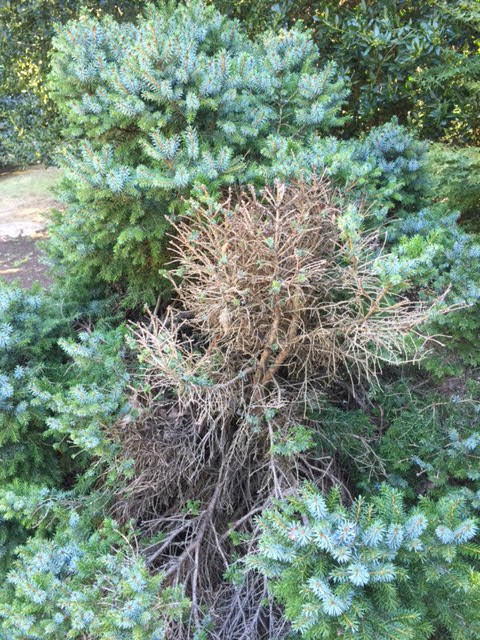
Here you can see the bagworm case hanging from the limb and starting to eat away at the foliage along the stem it is attached to.
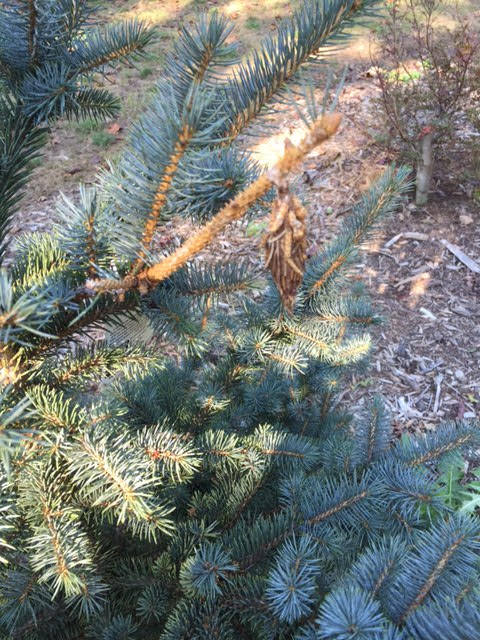
If you have any questions about identifying and treating bagworms, one of our experts will be glad to help. Feel free to call us at 615-350-8030 or contact us online.
You May Also Like:
5 Foreign Invaders of Landscape Plants in Nashville
Fire Ant Invasion in Nashville: Could your Home Be Next?

